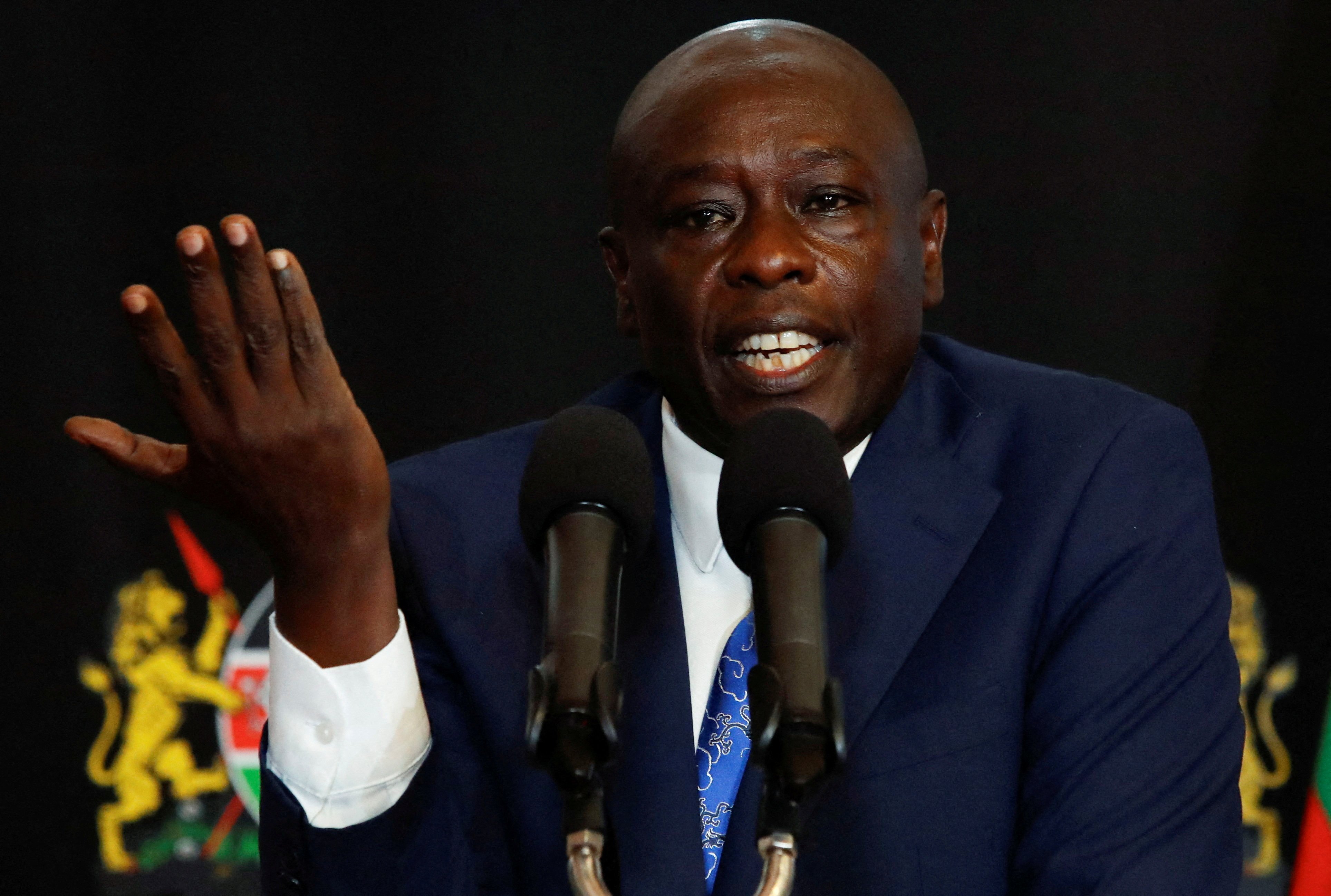Uganda, China in Shs44b project to boost agriculture

Food and Agriculture Organisation Uganda country Representative Antonio Querido (maroon shirt) with Chinese ambassador to Uganda Zhang Lizhong (3rd right) the fingerling stocking activity at Aquaculture Research and Development Centre in Kajjansi on June 12, 2023. PHOTO | ABUBAKER LUBOWA
What you need to know:
- Mr Zhang Xiaoqiang, the team leader of the project, said beneficiaries are selected in coordination with the Ministry of Agriculture, Animal Industry and Fisheries, and the district agriculture officials.
Thousands of farmers are set to benefit from a three-year Shs44bn ($12m) project to be implemented by Uganda, China and the Food Agriculture Organisation (FAO), aimed at improving crop, livestock and fish production.
The FAO-China-Uganda South-South Cooperation (SSC) project, phase three, aims to benefit 9,600 farmers.
These include 3,000 women, 1,000 livestock farmers and 100 fish farmers, including small-scale crop farmers of mainly rice and foxtail millet, livestock farmers and of fish farmers in 30 districts across the country through inputs, technical assistance, training and knowledge exchange from Chinese experts.
The partners have been implementing the project since 2012. Phase two ran from 2016 to 2018. Government of Uganda has committed Shs35.8b in counterpart funding for the ongoing phase three that started in November last year, while China will contribute Shs11.2b.
Speaking during an update on the project at the Kajjansi Aquaculture Research and Development Centre in Kampala yesterday, Mr Zhang Xiaoqiang, the team leader of the project, said beneficiaries are selected in coordination with the Ministry of Agriculture, Animal Industry and Fisheries, and the district agriculture officials.
He highlighted that farmers should show interest in adopting new technologies and have the land for it.
“The project will contribute to ensuring food security and nutrition security, income generation, decent job creation especially for the youth and women (3o per cent of the beneficiaries) and improved livelihoods of at least 9,600 farmers,” Mr Xiaoqiang said
“The project focuses on innovative technology transfers, high yield rice and foxtail millet production, livestock management, and the development of aquaculture value chains to improve food security, nutrition, lives and livelihoods of thousands of farmers,”Mr Zhang Xiaoqiang added.
The Chinese Ambassador to Uganda, Mr Zhang Lizhong ,said the project is one of the many, and important areas of cooperation between the two countries, pledging to continue support through sending experts to pass on knowledge to Ugandan farmers.
Ten experts from China will be based in the country to facilitate exchange of modern farming knowledge, technology transfer, and capacity development.
The experts will conduct field training, and train other local farmers who will in turn train others.
The Project also aims to establish four hub headquarters for integrated technology, livestock, cereals and aquaculture in Luweero, Mbarara, Butaleja, and Kajjansi.
Some of the new technologies on the horizon include rice-fish culture, where farmers can rear fish in paddy rice fields to maximise land use, and generate more income.
“The project will facilitate a brooder system to produce over 10 million fish fingerlings, production of over 15 metric tonnes of fish feeds and establishment of at least 100 rice-fish culture farms,” the project brief states.
Impact
The Food and Agriculture Organization country representative, Mr Antonio Querido said there has been a positive impact on food security and poverty alleviation in the areas of intervention.
He underscored that phase three will focus on more female and youth beneficiaries, further calling on the government to address structural challenges that continue to undermine food security in the Karamoja sub region.
Mr Robert Sagula, a resident of Doho II, Butaleja District, a beneficiary of phase two of the project, yesterday said he was introduced to the project by district officials.
He shared that after he started growing modern rice varieties from China using modern technologies, his yields increased to 25 bags of milled rice from one acre garden, from just seven.
Another beneficiary, Mr Richard Waya, a former politician turned commercial farmer, also applauded the project saying livelihood of the people have been transformed.
“The people of Butaleja were introduced to growing rice first in a nursery bed and then to transplanting to the mother garden, and introduction of growing rice in lines, instead of just crowing it. And this has proved that productivity is higher,” Mr Waya said.
He added: “Poverty has been alleviated, people of Butaleja are able to bring their children to powerful school and even pay for them at university, privately because of introduction of rice growing.”
The project that started in November last year is being implemented in 30 districts across the country, including; Alebtong, Amuria, Apac, Budaka, Bugiri Bukedea, Butaleeja, Dokolo, Ibanda, Iganga, Isingiro, and Kaberamaido. The others are Kalungu, Katakwi, Kibuku, Kiruhura, Kole Kumi, Lira, Luwero, Mbarara, Mpigi, Namutumba, Ngora, Otuke, Oyam, Palisa, Serere, Soroti and Wakiso.



